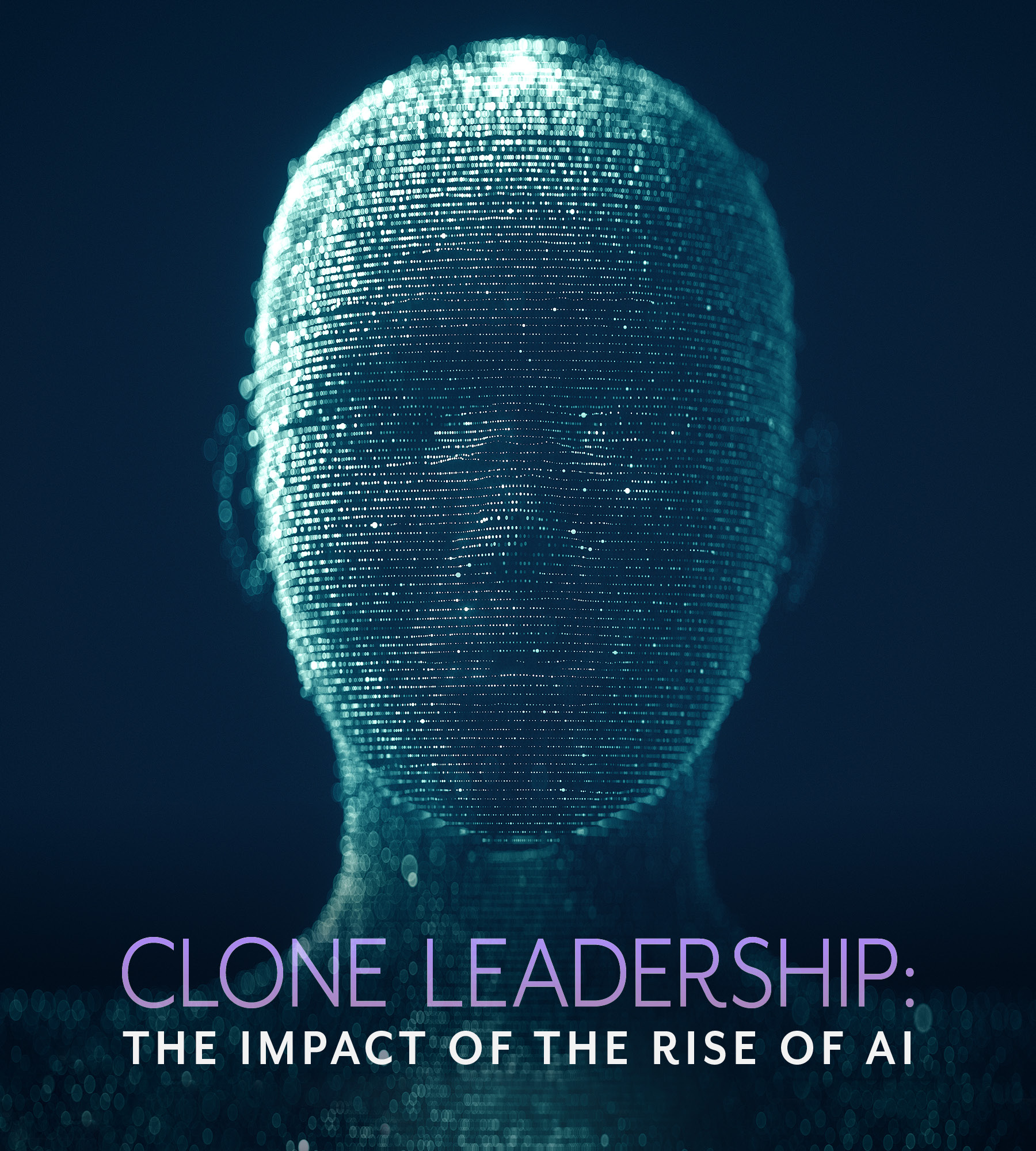Language
You can read the magazine in one of the following languages
Geolocation
You can read the global content or the content from your region

In New York Times best-selling book Superintelligence, Nick Bostrom writes, “If machine brains one day surpass human brains in general intelligence, the fate of our species would depend on the action of powerful AI.”
This powerful statement projects the future humanity is staring at right now – a reality where we are governed by non-biological intelligence is a distinct possibility.

With current and future interventions of AI in business ecosystems, the capabilities and capacities of business and human intellect are going to change.
The question facing humans today is not how or why superintelligence will rise, but when? The bigger question is, what consequences could AI development have on the evolution of leadership?
In the world of hyper-competition, where the competitive advantages of organizations are short-lived, CEOs are constantly exposed to situations of uncertainty. The key to their survival is their capabilities of decision-making, creativity, emotional connection, intuition, integrity and intellect.
With current and future interventions of AI in business ecosystems, the capabilities and capacities of business and human intellect are going to change, resulting in the evolution of next-generation leadership, which will have radically different characteristics.

From a business perspective, AI development in the future may follow three evolutionarily pathways:
1. Support: AI at the development stage would assist leaders by providing an analytical support structure to enable them to make informed decisions, leading to increased operational efficiency and corporate profitability.
2. Self-conscious: The second evolutionary pathway, in which AI is evolved at the next level by gaining self-consciousness and awareness similar to that of humans, learning from its experience, continuously improving itself and being entrusted with critical functions of the organization. Thus, it would find its place in the organizational hierarchy akin to employees.
3. Supreme: The last scenario, and the most radical one of all, is the phase where AI has evolved into a self-aware artificial general intelligence (AGI), gaining human-like intellect, which augments at an exponential pace with a high level of cognitive abilities. Thus, it would take over the role of leadership and tilt the reigns of organizations from human to non-biological intelligence.
Leadership scholar Gary Yukl suggested that vision, strategic planning, decision-making under uncertainty, team building, interpersonal skills, ethics and emotional intelligence are the critical traits for exemplary business leadership.
With the evolution of AI to AGI and its introduction in the decision-making process, in the near future and in the more cautious scenario, it is envisioned that the radical and innovative leadership that we know today would gradually diminish.
This would see CEOs start to rely heavily on decision-making variables emerging from thousands of gigabytes of data sets and on the judgment of AI.

In the near future, when AI self-evolves by learning and enhancing its performance, the contours of leadership could shift from human to algorithm.
This phase of AI evolution would rapidly blur the distinguishment between biological and non-biological intelligence to the point that AI would be in a position to manipulate the classical Turing Test (to distinguishing between man and machine) in its favor.
While keeping a close eye on the evolutionary and development trajectory of AI, the next generation of leaders should ponder the strategic approach they should adopt to coexist with this new kind of intelligence. At the macro level this would result in two opposite leadership scenarios:
1. Regulation: The best-case scenario is in which AI is regulated and becomes a key stakeholder in the business ecosystem, resulting in unbounded growth and prosperity. This human-AI collaboration, where AI is a support system to human leadership, would give rise to a new corporate entity with the capability of providing optimum solutions to business problems that today are beyond human comprehension.
2. Clone leadership: The other scenario is the path where the dependency on an AI-driven support system drains out the leadership abilities, intellect and creativity dimensions of future leaders, resulting in the emergence of ‘clone leadership’. This unprecedented second scenario would shape a new level of human–AI interactions and the emergence of an undesired form of leadership style, clone leadership, which would be completely different from the democratic, autocratic and laissez-faire leadership styles that we encounter in contemporary literature. This form of leadership, which is dependent on the judgment of AI, would limit the development of leadership intellectual capabilities and would constrain organizational growth, thus, altering the very definition of leadership.
With exponential growth in its capabilities, AI could be in a position to provide not only decision-making assistance to leadership, but at one point in time could assume a leadership role to serve a broad range of activities.
In the near future, when AI self-evolves by learning and enhancing its performance, the contours of leadership could shift from human to algorithm, calling out for greater need for transparent development of AI.
This being an evolving state of affairs, future studies on the human–AI interface should focus on the level of delegation in decision-making, its impact on the operational performance of firms, integration of AI in the organizational culture and transparency.

Amanpreet Singh Chopra
Contributor Collective Member
Amanpreet Singh Chopra has 25 years of diverse experience in corporate strategy and business development, mergers and acquisitions, new venture support and project management consultancy. He has headed a multidimensional corporate strategy and business development team with a focus on mergers and acquisitions, strategic alliance, diversification strategy and corporate restructuring.